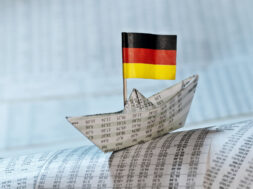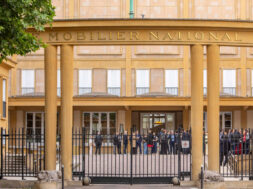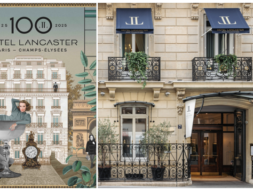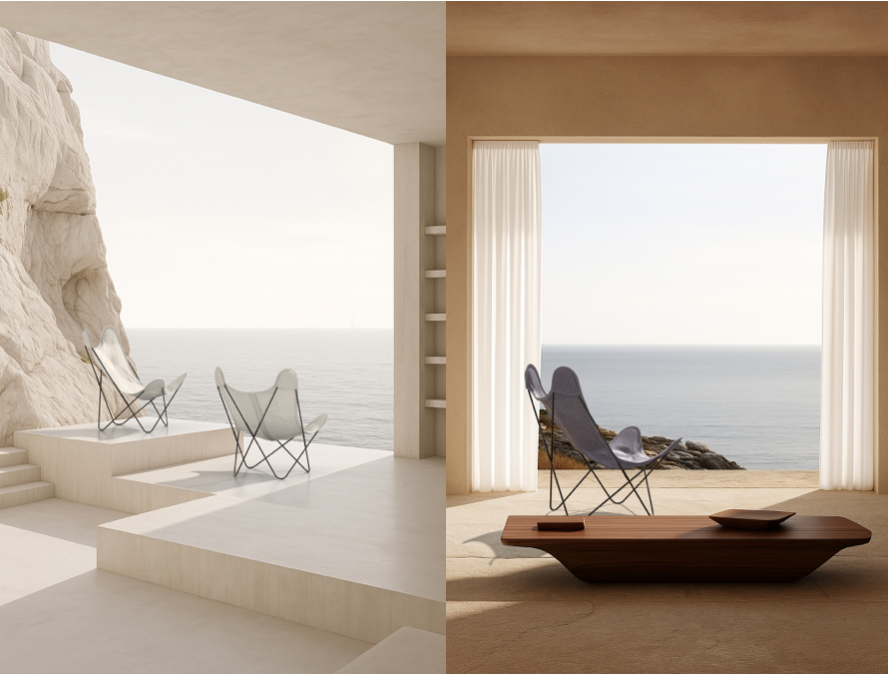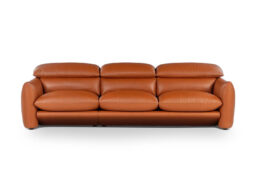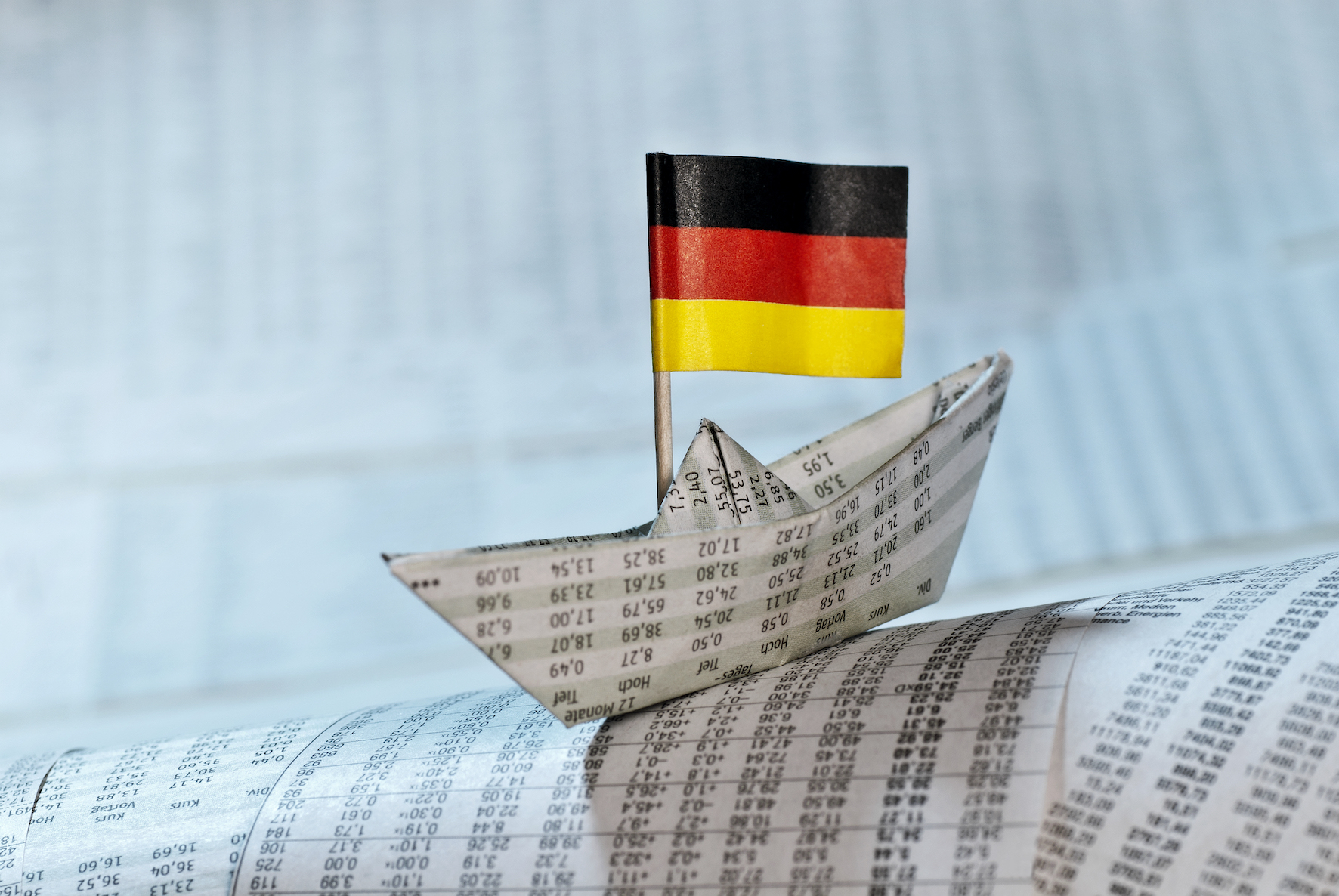
How to succeed on the German market
Ambiente is a global event that provides an opportunity for trade with our German neighbours. Despite being hit hard by a historic crisis, the country remains the world’s third-largest economy and an attractive market for French businesses. However, setting up business across the Rhine is not something that can be improvised, and having an expert to help you along the way is an asset. Düsseldorf-based marketing consultant Manuel Bortone, who spent ten years with the ZWILLING group, has an excellent grasp of the subject. Drawing on the latest market research available, he gives us his view of the situation in Germany and offers some initial advice for brands looking to expand there.
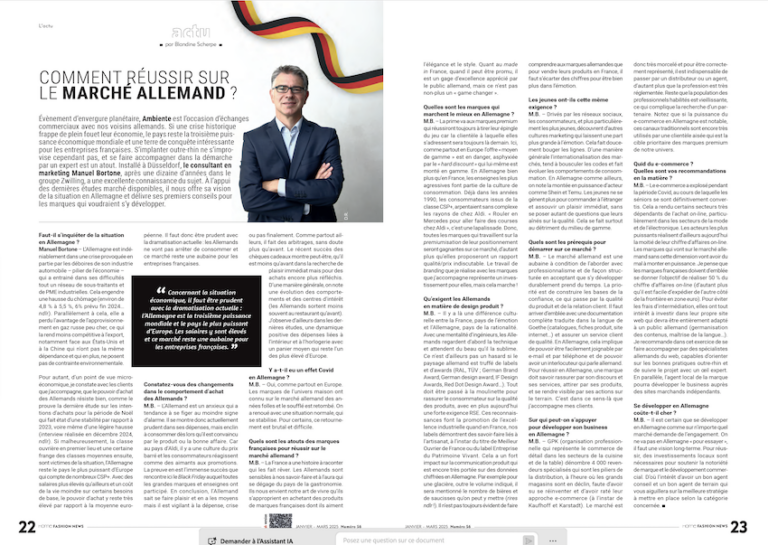
Should we be worried about the situation in Germany?
Manuel Bortone – Germany is undeniably facing a crisis, driven in part by the struggles of its automotive industry – a pillar of the economy – which has dragged down a network of subcontractors and industrial SMEs. This has led to a rise in unemployment (from around 4.8% to 5.5%, with 6% expected by the end of 2024). At the same time, it has lost the advantage of cheap Russian gas supplies, which makes it less competitive on the export market, particularly against the United States and China, which do not share the same dependency and impose no environmental constraints.
‘Regarding the economic situation, caution is needed with the current dramatization: Germany is the world’s third-largest economy and the most powerful country in Europe. Wages are high, and this market remains a great opportunity for French businesses.’
However, from a microeconomic perspective, I observe with the clients I work with that Germans’ purchasing power remains strong, as evidenced by the latest study on holiday shopping intentions, which shows stability compared to 2023, or even a slight increase (interview conducted in December 2024, editor’s note). While the working class – and to some extent certain segments of the middle class – are the primary victims of the current situation, Germany remains the most powerful country in Europe with a large number of high-income earners. With higher wages than elsewhere and lower costs for certain basic needs, purchasing power remains very high compared to the European average. Therefore, caution is needed with the current dramatization – Germans are not going to stop consuming, and this market continues to present great opportunities for French businesses.
Have you noticed any changes in the buying behaviour of German women?
M.B. – Germans tend to be anxious and freeze at the first sign of alarm. As a result, they are currently cautious with their spending but willing to consume when convinced by the product or a good deal. In the land of Aldi, there is a strong discount culture, and consumers are drawn to promotions like magnets. A clear example is the immense success of Black Friday, which saw participation from all major brands and retailers. In conclusion, Germans know how to indulge themselves and have the means to do so, but they remain careful with their spending – crisis or not. Like everywhere else, they make trade-offs, perhaps more than before. The recent popularity of gift cards may reflect a shift away from immediate gratification toward more thoughtful purchases. Generally speaking, there has been a change in behaviour and interests (Germans go out to eat less often than they used to). In fact, I observe in the latest studies a positive trend in spending on interiors and watches, with an average basket that remains one of the highest in Europe.
Has there been a Covid effect in Germany?
M.B. – Yes, like everywhere else in Europe, home goods brands in the German market experienced a boom, but the momentum faded. The situation has returned to normal and is now stabilizing. For some, this turnaround has felt sudden and challenging.
What assets do French brands have to succeed in the German market?
M.B. – France has a story to tell that makes them dream. Germans appreciate our expertise and the aura that emanates from the land of gastronomy. They envy our art of living and embrace it by purchasing products from French brands, drawn to their elegance and style. As for ‘Made in France,’ when highlighted, it stands as a mark of excellence valued by the German public – but it’s not exactly a game changer.
Which brands do best in Germany?
M.B.- Premium brands are the ones that will always succeed because the customers they target will still be there tomorrow. Here, as across Europe, mid-range offerings are at risk, squeezed by hard discount retailers that have themselves moved upmarket. In Germany, much more than in France, the most aggressive brands are part of the consumer culture. Even in the 1990s, upper-middle-class shoppers frequented Aldi aisles without hesitation. ‘Driving a Mercedes to go shopping at Aldi’ is a truism. Therefore, brands that focus on premiumizing their positioning will thrive in this market, especially if they offer undeniable value for money. The branding work I do with the brands I support is an investment for them – but it works!
What do the Germans demand in terms of product design?
M.B. – There’s a cultural difference between France, a country of emotion, and Germany, a country of rationality. With their engineering mentality, Germans look first and foremost at technology and expect beauty to sublimate it. It’s no coincidence that the German landscape is filled with labels and awards (RAL, TÜV; German Brand Award, German design award, IF Design Awards, Red Dot Design Award…). Everything must be scrutinized to reassure consumers about product quality, with the added pressure of strong CSR (Corporate Social Responsibility) demands today. These certifications promote industrial excellence, whereas in France, our labels highlight craftsmanship and artisanal expertise – such as the ‘Meilleur Ouvrier de France‘ title or the ‘Entreprise du Patrimoine Vivant‘ label.
This has a significant impact on product communication, which in Germany still heavily relies on numerical data. For example, when selling a cooler, in addition to specifying the volume, they might mention how many beers and sausages it can hold (laughs – editor’s note!). It’s not always easy to explain to German brands that to sell their products in France, they need to move away from numbers and focus more on emotion.
Do young people have the same demands?
M.B. – Driven by social media, consumers – especially younger ones – are discovering other marketing cultures that leave more room for emotion. This is gradually shifting the landscape.
In general, the internationalization of markets is shaking up traditional norms and influencing consumer behavior. In Germany, as elsewhere, we are seeing the rise of players such as Shein and Temu. Younger generations are increasingly comfortable ordering from abroad to satisfy immediate desires, without the same concerns for quality as their elders. This trend primarily affects the mid-range segment.
What are the prerequisites for entering this market?
M.B.- The German market is a great opportunity, provided it is approached professionally and in a structured manner, accepting that achieving sustainable growth there takes time. The priority is to build a foundation of trust, which depends on product quality and strong customer relationships. From the outset, having comprehensive documentation translated into the language of Goethe – including catalogs, product sheets, and websites – is essential, along with providing high-quality customer service. In Germany, this means being easily reachable by email and phone, with a German-speaking contact person. To be successful in Germany, a brand needs to be able to reassure through its communication and services, attract with its products, and make itself visible through on-the-ground actions. This is the approach I take when supporting my clients.
Who can you rely on to help you develop your business in Germany?
M.B. – GPK (a professional organization representing retail in the kitchen and tableware sectors) counts 4,000 specialized retailers who are the backbone of distribution at a time when department stores are in decline, having failed to reinvent themselves and missed the e-commerce shift (as seen with Kaufhof and Karstadt). The market is therefore highly fragmented, and to ensure proper representation, working through a distributor or agent is essential – especially since the industry is highly regulated. The fact remains that the pool of licensed professionals is ageing, which makes it harder to find a partner. It’s worth noting that, while e-commerce is undeniably strong in Germany, these traditional channels remain widely used by affluent customers, who are the priority target for the premium brands in our sector.
What about e-commerce? What are your recommendations in this area?
M.B.- E-commerce boomed during the Covid period, during which seniors permanently embraced it. This made certain sectors highly dependent on online shopping, particularly in the fashion and electronics sectors. In fact, the most powerful players now generate half of their revenue online. Brands entering the German market without this dimension will struggle to grow. I believe French brands should aim from the outset to achieve 50% of their revenue online (especially since shipping across the border within the eurozone is easy). To avoid intermediation costs, it is in their interest to invest in their own website, which should be fully adapted to a German audience (Germanisation of content, language fluency, etc.). I recommend being supported by German web specialists, who can guide them on best practices across the Rhine and oversee the project with expert insight. At the same time, the brand’s local agent can develop business with independent online retailers.
Is it expensive to develop in Germany?
M.B.- Certainly, expanding in Germany, as in any other market, requires commitment. You don’t go to Germany ‘just to try it out’, you need a long-term vision. To succeed, local investment is needed to support brand awareness and sales development. This is why having a good advisor and a reliable field agent is important – they will guide you on the best strategy to implement according to the relevant category.
[MB1] It’s hard to say, because the figures for Home Déco and Cooking are falling!
Source : HFN56 / January 2025
Crédit photo : istock et Manuel Bortone
